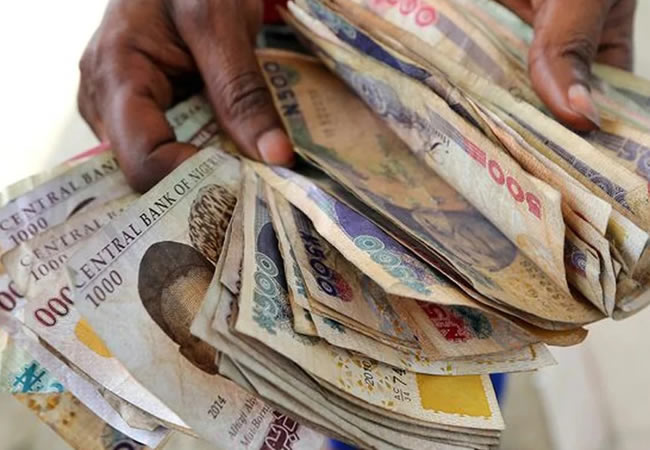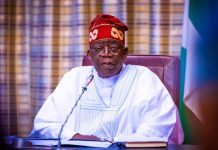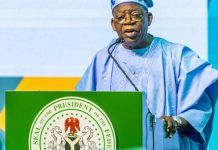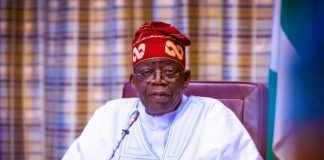According to Bizwatch Nigeria, the amount of dollars available on the official foreign currency market in March and April amounted to a significant $7.3 billion.
This comes as the naira strengthened against the US dollar on Monday, rising to N1,390 per dollar on the official market and holding steady at N1,340/$ on the parallel market, often known as the black market.
The FMDQ Security Exchange provided statistics on foreign sales, which indicated that market liquidity had improved since $4.7 billion worth of transactions were sold in March.
But FX sales fell by 51% month over month to $2.5 billion, which was in line with the naira’s recorded devaluation in April.
The Wuse Zone 4 Bureau De Change operators stated that they purchased at N1,310 and sold at N1,340 leaving a profit margin of N30. This means the rate remained at the amount quoted on Monday.
Malam Yahu, a trader said, “The naira remained as it was on Monday, trading at N1,340. We buy at N1, 310 and our profit is just N30. Nothing really caused the stagnant rate. That’s just how the market went today. We wait to see what tomorrow and next.”
The naira increased by N29, or 2.1%, to N1,390 per dollar in the official Nigerian Autonomous Foreign Exchange Market on Monday from N1,419 per dollar on Monday—the lowest level since March 13, 2024.
After decreasing inflows brought on by Foreign Portfolio Investment’s withdrawal of capital, the value of the naira declined.
Tuesday’s intraday high, which was N1,451 per dollar on Monday, finished at N1,450. According to statistics from the FMDQ Securities Exchange, the intraday low also decreased, closing at NAFEM on Friday at N1,200 on Tuesday compared to N1,060 on Monday.
The value of money given by eager buyers and sellers increased from $147.83 million on Monday to $225.36 million, or 34.4%, or $77.53 million.
Governor of the Central Bank of Nigeria, Olayemi Cardoso, at various fora had emphasised the critical need to attract inflows to maintain liquidity in the foreign exchange market and stabilise the exchange rate.
He emphasised the importance of managing exchange rates to address inflationary pressures and ensure both price stability and sustained long-term economic growth.
“Failure to tame inflationary pressure using the exchange rate channel may jeopardize not only price stability but also long-term growth.”














